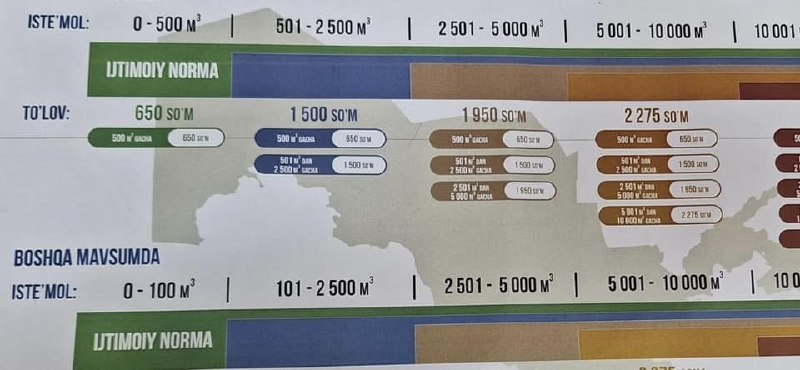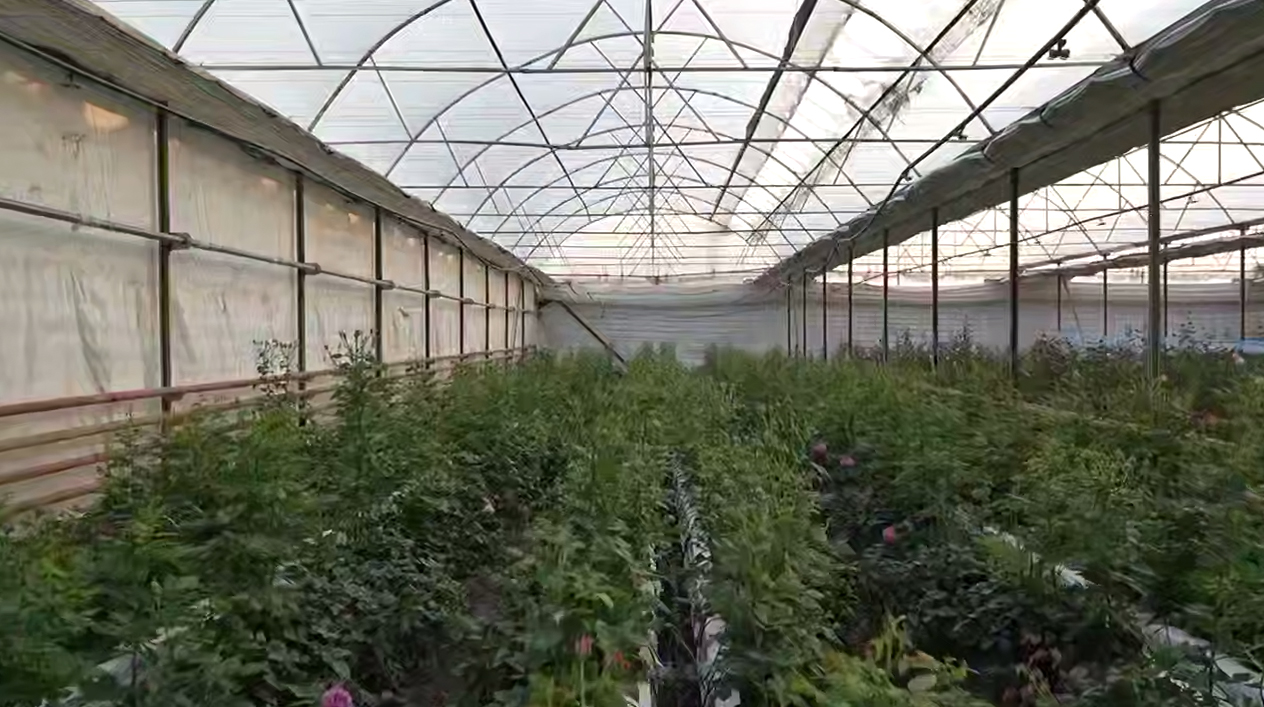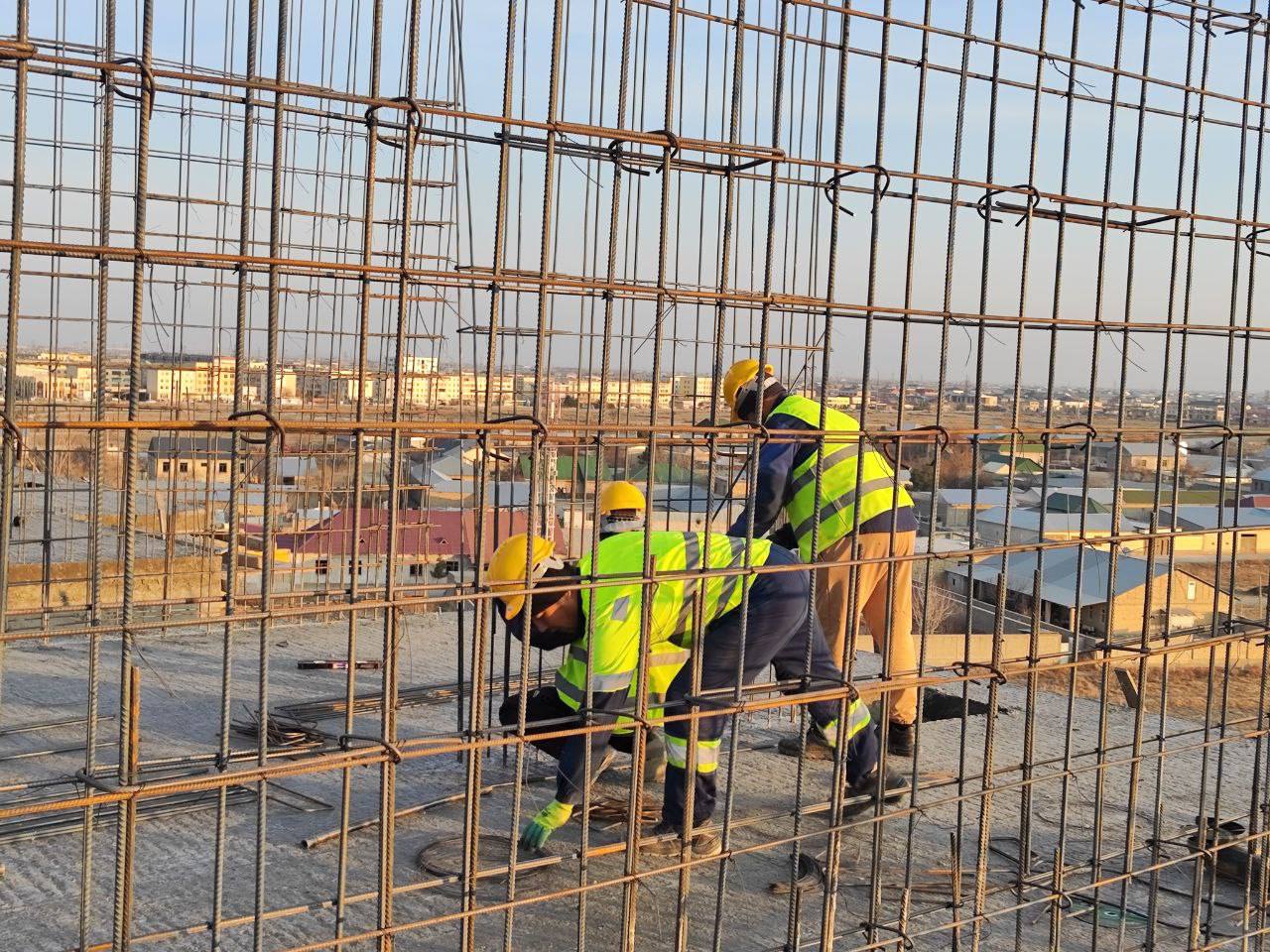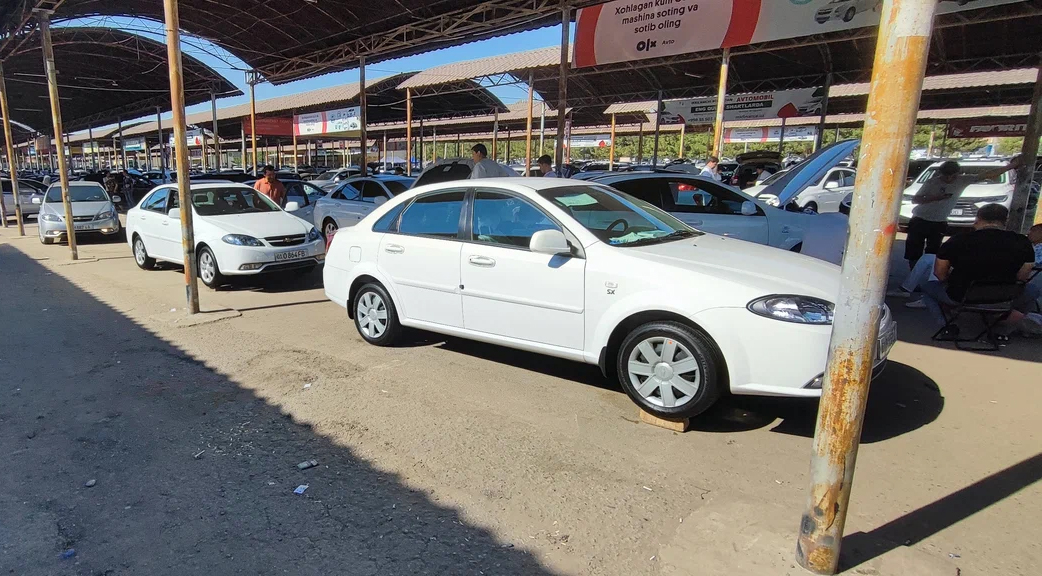С наступлением холодов тысячи жителей Узбекистана начали включать газовые котлы и с этим столкнулись с неприятными «сюрпризами» в виде завышенных счетов за газ. Социальные сети переполнены возмущениями пользователей, которые испытывают финансовые трудности из-за новых тарифов и установленных норм социального потребления. Особенно страдают жители частных домов, которые вынуждены отапливать свои дома газом. Ежедневно на оплату газа у них уходит в среднем 30-40 тысяч сумов.
Социальная норма: помощь или угроза?
В Узбекистане в этом году были введены так называемые «социальные нормы» на потребление природного газа. С марта по октябрь эта норма составляет 100 кубометров газа в месяц, а с ноября по февраль — 500 кубометров. В пределах социальной нормы кубометр газа стоит 650 сумов. Однако если потребление превышает эти нормы, стоимость резко возрастает до 1500 сумов за кубометр (до 2500 кубометров).

На первый взгляд, это может показаться справедливым механизмом для регулирования потребления и экономии ресурсов. Но для жителей частных домов такая система становится настоящей ловушкой. Уже в октябре, при включении отопления, социальная норма в 100 кубометров быстро расходуется, и многие семьи вынуждены оплачивать газ по завышенной ставке. Как отмечают пользователи в сообществе «Потребитель.уз», за газ приходится платить в среднем 30-40 тысяч сумов в день, что по итогам месяца влетает в немалую сумму.
Газ — роскошь для большинства?
Для многих эти цифры кажутся нереальными. В стране, где минимальная пенсия составляет около 1,2 миллиона сумов, а зарплаты у большинства едва превышают 2-3 миллиона сумов в месяц, такие расходы на газ превращаются в катастрофу для семейного бюджета. Людям приходится выбирать: платить за отопление или обеспечивать себя основными потребностями. Газ, который должен быть доступным ресурсом для всех граждан, постепенно превращается в предмет роскоши.
Этот кризис демонстрирует дисбаланс между реальными доходами населения и растущими тарифами на энергоресурсы. Плата за газ достигла таких размеров, что для многих семей, особенно пенсионеров, она уже равна их месячному доходу. Возникает вопрос: это действительно нереально высокие цены на газ или же проблема в недостаточном уровне зарплат и пенсий? Возможно, государству стоит пересмотреть оба этих аспекта, прежде чем большая часть населения окажется в ещё более тяжёлом положении.
Что делать дальше?
Ситуация с тарифами на газ требует незамедлительных решений. Очевидно, что действующая система социальной нормы и повышенные тарифы работают против интересов граждан. Правительству следует пересмотреть текущие нормативы и адаптировать их к реальным условиям жизни людей. В противном случае, ситуация с оплатой газа может привести к массовым долгам, снижению качества жизни и росту социального недовольства.
Кроме того, следует рассмотреть возможность субсидирования газа для социально уязвимых слоёв населения и разработать программы по улучшению энергоэффективности частных домов. Эти меры помогут снизить финансовую нагрузку на семьи и предотвратить серьёзные социальные проблемы в будущем.
На данный момент тысячи людей вынуждены платить за газ больше, чем могут себе позволить, сталкиваясь с жестоким выбором: отапливать дом и пытаться свести концы с концами или жить в холоде, но нормально питаться.











